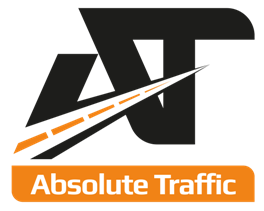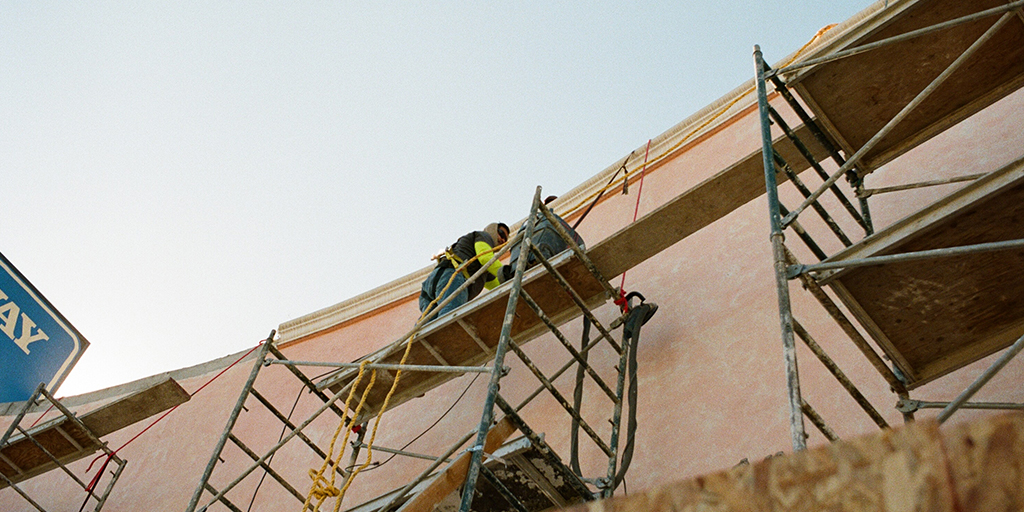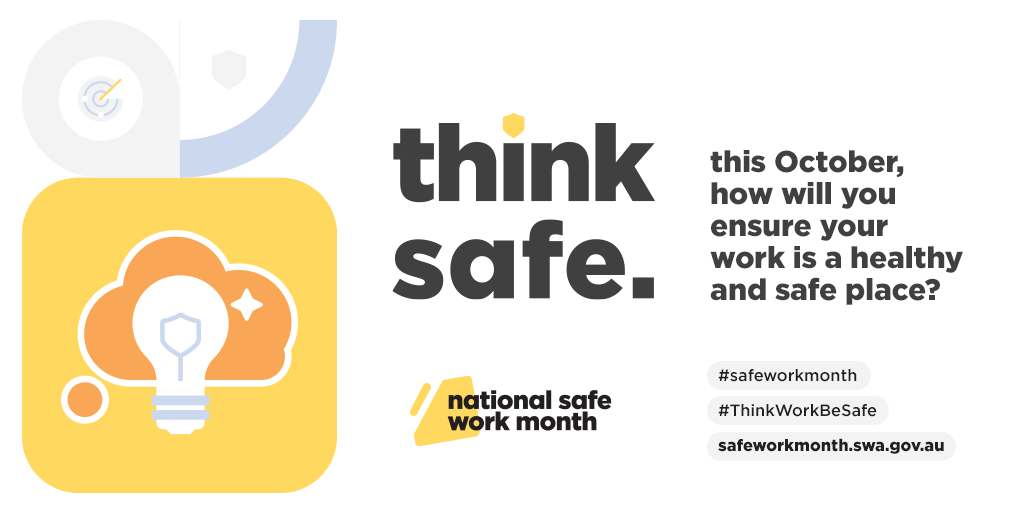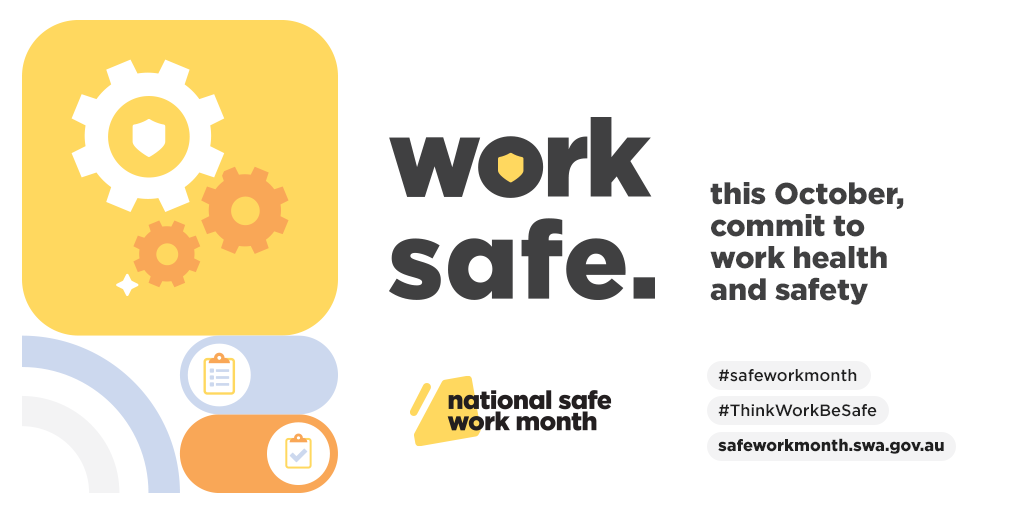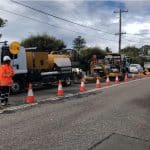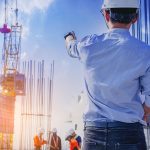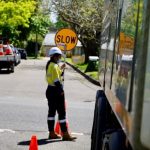October is National Safe Work Month, a time when Safe Work Australia invites workplaces to commit to building safer and healthier workplace, including the wellbeing of employees. In short, being healthy and safe means being free from physical and psychological harm. And, no job should be unsafe. In fact, all workers have the right to a healthy and safe working environment.
Since the beginning of the Covid-19 pandemic, Australian workplaces have faced new challenges. And these challenges have affected all aspects of their operations, from new physical distancing, hygiene and cleaning requirements to innovations in the way they do their work.
In addition, there are growing concerns about the rapid spread of the virus across worksites still allowed to operate during lockdown. In fact, the construction industry is young, it’s mobile, as a workforce. For instance, they often visit multiple sites in any given week. And, they return home to all areas of Sydney.
In the construction industry, the rights and opportunities that we get as permitted workers come with considerable obligations to the community. For example, each construction site must put in place a Covid safe plan. And, this plan includes mask wearing, appropriate social distancing, and applying the requirements of a safe workplace in a Covid environment.
7 common workplace safety hazards
Working at heights
Firstly, to work safely at heights in construction, be on guard, and see the risks. According to SafeWork NSW, most serious and fatal falls are from roofs, ladders or scaffolds – and from a height of between 2.1 and 4 metres. In detail, ladders, incomplete scaffolds, falling off a truck, a roof edge or falling through fragile roof sheeting are the major causes of injuries.
Poor housekeeping
Secondly, clutter blocking fire exits, aisles and emergency exits, over-stacking loads on racks in a warehouse that bring them too close to a sprinkler head, can limit the sprinkler’s efficiency in an emergency. And, clutter, leaks or standing water also can contribute to slips, trips and falls.
Electrical – Extension cords
Thirdly, running cords through high-traffic areas is a tripping hazard. And, it can also cause exposed wires and damaged sockets. So, if you need to run a cable, use a cord runner or electrical tape for protection.
Forklifts
Then, operate forklifts only to complete the safe lifting and maneuvering of palletised and heavy goods. And, all forklift operators must hold a valid forklift licence.
For instance, overloading the forklift above its maximum safe load limit decreases its stability. Consequently, all operators must be aware of the unit’s maximum safe load limit via its rating plate.
In addition, tag out any forklift with problems such as broken lights, alarms that don’t work, worn tynes, damaged chains and fluid leaks. And, don’t use them until they work.
Having a clearly defined traffic management plan for areas where forklifts and pedestrians work in close proximity is imperative to increase pedestrian safety.
Learn more about warehouse traffic management.
Lockout / tagout
In addition, lockout tagout is a critical component of employee safety and workplace productivity. It’s critical to safeguarding workers and employees around the machinery and equipment they operate, service and maintain.
This important safety practice involves de-energising all forms of energy so any hazardous energy isn’t re-introduced while equipment is being serviced.
Lockout means physically ensuring an equipment is inoperable while repairs or adjustments are made with the use of a padlock and a suitable device.
Tagout means clearly communicating to workers, with labels and tags, that the equipment is being serviced, should not be operated and when it will return to service.
Chemicals
Moreover, hazardous chemicals are substances, mixtures and articles that can pose a significant risk to health and safety if not managed correctly. They may have health hazards, physical hazards or both.
Examples of chemicals that can cause adverse health effects include:
– toxic chemicals
– chemicals that cause skin damage
– carcinogens.
Examples of chemicals that can immediately injure people or damage property include:
– flammable liquids
– compressed gasses
– explosives.
Confined spaces
Furthermore, there are serious health and safety risks working in confined spaces. For example:
Loss of consciousness, injury or death from contaminants in the air
There are many airborne contaminants that can build up in confined spaces and be harmful to workers.
A fire or explosion that kills or seriously injures
A flammable atmosphere can arise if and when flammable gases and liquids are present, or there’s a “suspension of combustible dust in the air”. To prevent these gases, liquids and dust from causing fires or explosions, it’s important that any and all ignition sources are removed from the confined space.
Suffocation from oxygen deficiency
If oxygen in a confined space is either used up or replaced by another gas, this can result in an oxygen-deficient atmosphere. Too much oxygen can also be hazardous and put workers’ lives at risk. One of the major concerns associated with an oxygen-enriched atmosphere is the increased likelihood of fire or explosion it presents.
Crushing or suffocation
From something like grain, sand, flour or fertiliser if you fall into it. In some confined spaces, workers run the risk of being engulfed – that is, swallowed or immersed in a stored material.
Limited entry and exit
Some confined spaces can only be entered or exited using ladders or hoists. It can mean the difference between life and death if someone has a medical emergency while operating in a confined space.
Focus on prevention
Training
Personal protective equipment (PPE)
First, employers should train workers on how to properly put on, wear and take off the gear.
Clearly communicate and reinforce the need for workers to wear PPE by stressing that the equipment protects them from injuries and illnesses.
Resources
Second, some resources are free, but employers must be willing to make an investment in certain training or PPE if they want to keep workers safe.
Culture
Third, organisations should establish a culture in which safety becomes everyone’s responsibility and workers feel comfortable reporting hazardous processes. Leadership sets the tone.
National Safe Work Month 2021: think safe, work safe, be safe.
Think safe
First, “Think safe” is the first step to thinking about work health and safety, which covers the planning and forethought that Persons Conducting a Business or Undertaking (PCBUs) (such as employers and small business owners) must do to identify risks and maintain healthy and safe workplaces.
Work safe
Second, “work safe” is about implementing work health and safety measures to manage risks including the practical steps you can take to reduce risk and avoid workplace incidents.
Be safe
Third, “be safe” considers the ongoing process of managing and monitoring work health and safety risks – it is not a one off.

